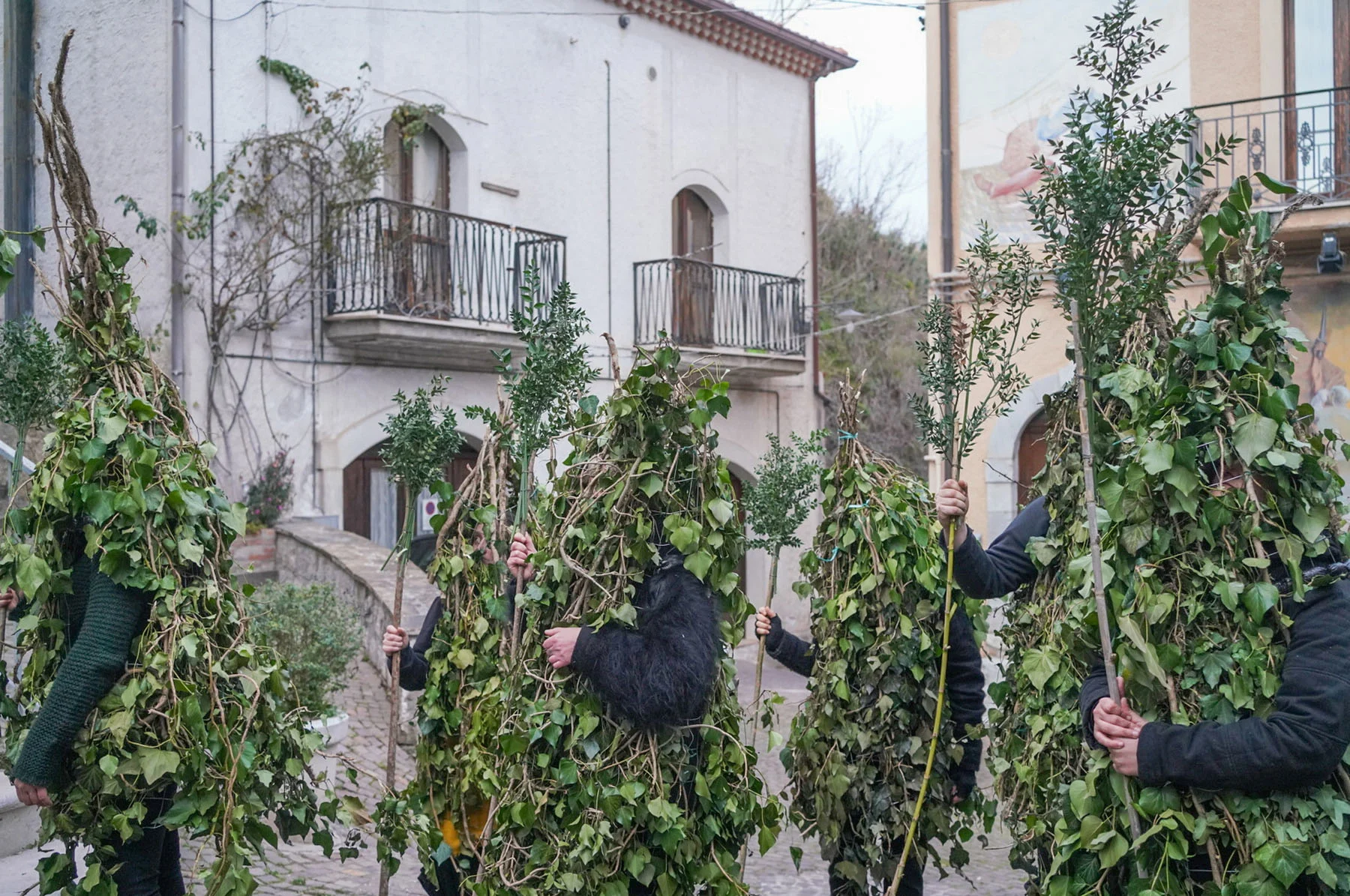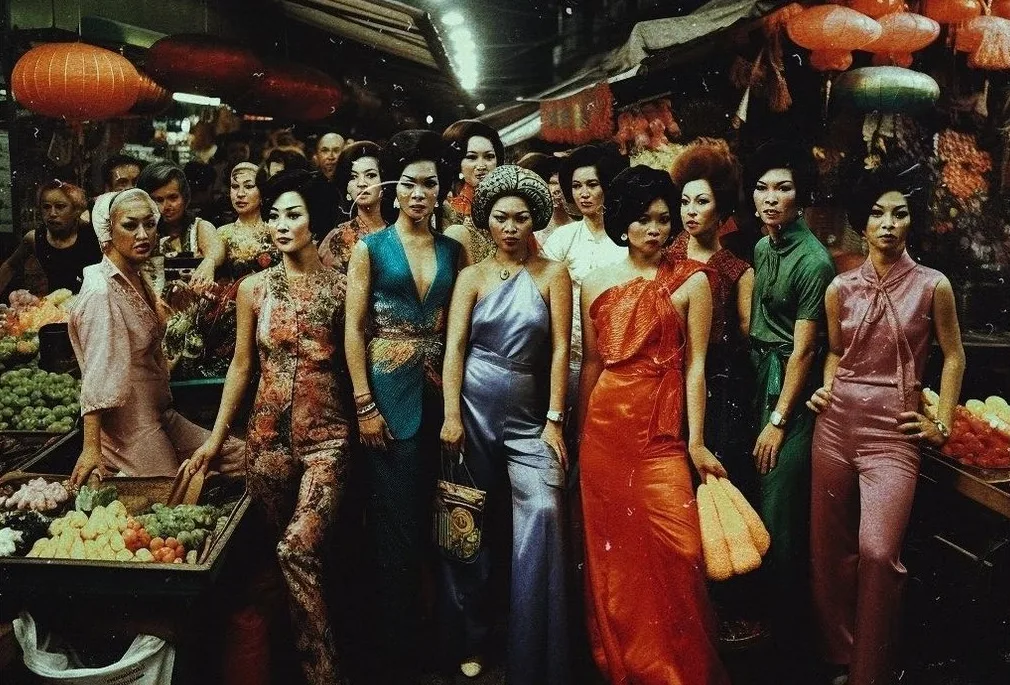

Taiwanese photographer Adam Lin grew up surrounded by boys, and noticed that many of them eventually felt they had to present themselves in a certain way, afraid to show emotion, vulnerability or affection. For his series “Sonder,” he entered the homes of 10 families across London and Taichung, photographing private interactions between male family members, moments of care and intimacy that show masculinity in a new light. He tells Marigold Warner how, as he moved between his hometown and his new home, he noticed parallels between the two cultures—a connection shaped by shared histories and the rituals of daily life.


Adam Lin grew up surrounded by boys, with two brothers and 12 male cousins. “Almost everyone I remember growing up around were boys,” says the Taiwanese photographer. At a certain age, he noticed the boys were becoming more conscious of how they expressed affection. “There was a fear of being teased or perceived in a certain way,” he says. “It seemed like girls never really had to worry about that."

Decades later, these early experiences would become a starting point for a photography project about masculinity in the domestic space, titled “Sonder.” It all began in Lin’s own home in Taichung. The Central Saint Martins graduate moved to London seven years ago, but has since traveled home for a few weeks each year. While there, he’d photograph his brothers, parents and grandparents, observing masculine intimacy within his family. The artist began to wonder what masculinity looked like in London homes. In both cultures, the home is traditionally seen as a feminine space. It’s easy to imagine what care and nurture look like through the female experience, but what about men? What does masculine attachment look like within these walls? “I wanted to spotlight the more intimate, private moments of men,” says Lin. “And, I wanted to start a project that connected Taichung and London—both of which are very close to my heart.”

Through a combination of street-casting, open-calls and word-of-mouth, Lin connected with 10 families across the two cities. He spent time getting to know each of them. “Sometimes I’d take a documentary approach, just snapping moments, and other times we’d discuss and recreate scenes—like a father taking his child to school on a bike,” he says. Although London and Taichung are approximately 9,000 kilometers apart and vastly different in culture, Lin’s images feel cohesive. “I actually expected the photos to look very different,” he says. “When I started editing, I saw parallels I hadn’t anticipated.” Some parallels are visual—household objects, familiar gestures—but others are felt, rather than seen. Emotional distance and tensions exist in every family, but so does an unspoken comfort. A connection shaped by shared histories and the rituals of daily life.


The resulting images are hushed and atmospheric: interiors drenched in soft light; fleeting gestures captured off-guard. They are gently revealing, rather than imposing—a mix of staged and candid scenes left open for interpretation. Tension and tenderness sit side by side, and it’s within these layers that a common drive is most deeply felt. “As humans, we all yearn for connection,” Lin reflects. “Society doesn’t provide many safe spaces for men to express their affection openly, so they express it more subtly… Which is why I wanted to portray these interactions in a nuanced way that transcends cultural boundaries.”

Society doesn’t provide many safe spaces for men to express their affection openly.
The project’s title “Sonder” is a term describing the profound realization that every person, even a passing stranger, is living a life as layered as one’s own. Lin first encountered the word through a Facebook post: an image of a traffic jam, each car labelled with a different story: “This person just got married,” “This person just lost their grandma,” “This person just had their first kiss,” and so on. “I resonated with that because this project is me getting a glimpse into each household,” he explains. “It’s brief, but I learned a lot.”

For Lin, this project was never about documenting the everyday lives of families. “It was about representing something beyond that, to invite conversations about intimacy and masculinity,” says Lin. It’s also about expanding the definition of masculinity into one that allows for tenderness as much as strength; vulnerability as much as resilience. “To redefine masculinity is to break down its traditional associations with qualities like strength, aggression and emotional detachment. Perhaps everything men do, feel or be—whether tender or assertive—is inherently masculine as long as they identify as men,” he says. “I hope people take away the idea that by showcasing a spectrum of intimacy and tension, this project challenges rigid ideas about what it means to be masculine.”

